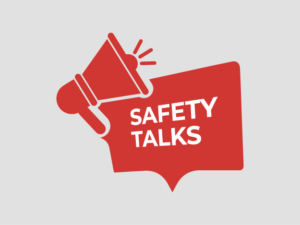
FACTS
- Unlike a car, forklifts only have brakes in the front, making them harder to stop
- Forklifts are heavier in the rear to compensate for the heavy loads being carried in the front. This uneven weight distribution can make a forklift difficult to handle.
- A forklift is turned by the rear wheels, causing the rear end to swing outward. This increases the chance of tipping over during tight turns.
- Loads are carried in the front of a forklift, which can obstruct the view of the driver
- Forklifts are often used to raise hefty loads to considerable heights, a combination that is always dangerous
- The most common forklift accidents involve hitting a fellow worker, blocked sight, or lack of proper training
- The most common cause of crane fatalities is workers or bystanders who are struck by an object that falls from a crane.
STATS
- Forklifts account for around 85 deaths every year – a 28% Increase since 2011
- Forklift accidents that result in serious injury total 34,900 annually.
- Non-serious injuries related to forklift accidents reach 61,800 each year.
- A forklift overturning is the most common incident, accounting for 24% of all forklift accidents.
- If companies implemented more stringent training policies, the Occupational Safety & Health Administration (OSHA) estimates that about 70% of forklift accidents in the US could be prevented.
- On average 95 people are seriously injured in a forklift accident every day and 1 person is killed in a forklift accident every 4 days in the United States alone.
- Approximately 11% of forklifts in the United States will be involved in an accident each year. Meaning if your facility has 10 or more – something is going to happen this year.
- A breakdown of crane accident fatalities by cause of death:
-
- Contact with object or equipment – 62%
- Falls – 20%
- Transportation incidents – 10%
- Contact with an electrical current – 8%